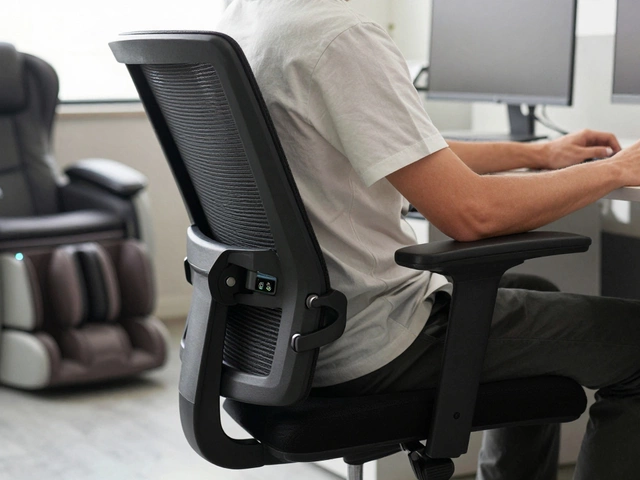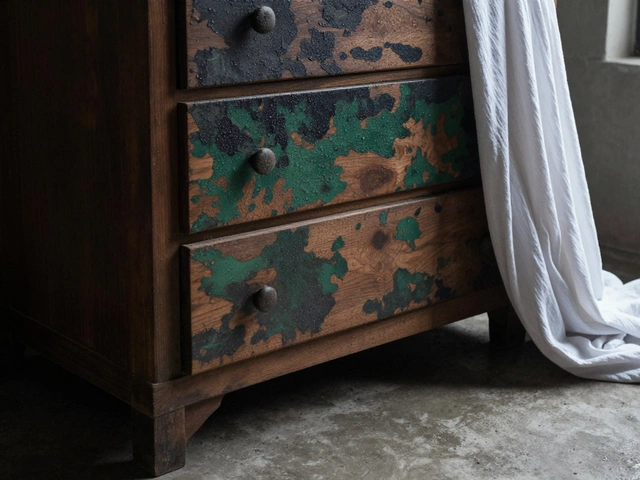Noisy Recliners: Quick Fixes and Buying Tips for a Quiet Seat
Ever settled in for a movie only to hear your recliner creak louder than the dialogue? It’s annoying, but you don’t have to live with it. Most squeaks come from loose bolts, worn moving parts, or dry mechanisms. The good news is you can often stop the noise with a few simple steps, and you can pick a quieter model next time you shop.
Why Your Recliner Is Noisy
First, figure out where the sound is coming from. If the noise happens when you lean back, the motor or the reclining arms are the usual suspects. A high‑pitched squeak that starts after a few minutes of use usually means the bearings need lubrication. Rattles that echo when you sit down often point to loose screws or a loose frame.
Another common cause is the foot‑rest mechanism. Over‑time the wood or metal can shift, creating a click‑click rhythm every time you extend your legs. Spotting the exact part saves time when you start fixing it.
DIY Fixes to Silence Your Recliner
1. Tighten All Screws. Grab a screwdriver and go over every visible bolt. Even a tiny gap can let metal vibrate and squeak. Pay special attention to the base, the reclining arms, and the foot‑rest hinges.
2. Lubricate Moving Parts. Use a silicone‑based spray or a few drops of lightweight oil on the motor gears, hinge pins, and any sliding tracks. Avoid WD‑40 on fabric because it can stain.
3. Add Felt or Rubber Padding. Slip a thin piece of felt between metal contacts or wrap rubber washers around bolts. This creates a cushion that absorbs vibration.
4. Check the Foot‑Rest. If the foot‑rest clicks, tighten the bolts on the lower bracket. You can also replace worn wooden slats with a fresh piece of plywood to eliminate gaps.
5. Test the Motor. For electric recliners, listen to the motor while it operates. A humming sound without clicks means the motor is fine. If it hums and clicks, the motor brushes may need replacement—often a job for a pro.
After each fix, sit back and test the recliner. Most users silence the squeak within 10‑15 minutes of work.
Choosing a Quiet Recliner When You Buy New
When you’re ready for a fresh recliner, look for these quiet‑friendly features. A hydraulic or pneumatic lift usually runs smoother than a cord‑pull system. Metal frames with reinforced joints reduce rattles. Many manufacturers now pre‑lubricate the moving parts; ask the salesperson for a demo.
Read reviews and search for phrases like “quiet operation” or “no squeak.” Real‑world feedback often spots noise issues that product specs hide. Finally, consider the cushion material. High‑density foam can absorb small vibrations, making the whole seat feel more solid.
By tightening, lubricating, and padding, you can turn a noisy recliner into a peaceful spot for TV nights. And when you shop next time, a few smart checks will keep the creaks out of your living room for good.
Why are Lazy Boy Recliners So Noisy?
Ever wondered why Lazy Boy recliners tend to be noisy? This article dives into common reasons behind the creaks and squeaks of your favorite chair. Learn about the underlying mechanisms and discover practical tips to mute the noise. Understand maintenance hacks and explore when it might be time to consider professional help.





